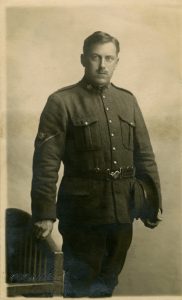
Lance Corporal Charles Darcus
Charles [William] Darcus was born in Dublin, Ireland on 22 February 1893. He was one of six brothers, four of whom emigrated to Canada, and all served during the First World War. When he enlisted in the 26th Battalion at Saint John on 28 November 1914, he stated that he was single, had no previous military experience and that his Next of Kin was his mother, Mrs. Solomon Darcus, of Dublin, Ireland. He was five feet eleven inches high, with a medium complexion and grey eyes. At the time of enlistment, he was 21 years and 10 months old. While not stated on his Attestation Paper, it appears that he was a resident of Fern Hill, Fredericton, New Brunswick.
The 26th Battalion trained in Saint John over the winter and, on 17 March 1915, he married Anna Naomi I Staveley in Fredericton. His brother, S. J. Darcus, was married to her sister. According to the wedding announcement, they both came from prominent Irish families. Like most soldiers, he assigned $20.00 of his monthly pay to his wife.
The 26th Battalion sailed from Halifax on board SS Caledonia on 15 June 1915 and arrived in England on 24 June. After further training, Charles Darcus embarked for France on 13 September as part of his Battalion’s advance party. By October, he was a Lance Corporal in the machine gun section. In late October, he wrote a cheerful letter to his wife in which he described life in the trenches while being fired on by the Germans. Promotion to Corporal came on 18 December.
In addition to time in the front lines, he also spent much time in the medical and re-employment systems. This started on 27 February 1916 when he was admitted to No. 10 Stationary Hospital in St. Omer for what was later diagnosed as influenza. He returned to duty two weeks later. On 18 April, he spent a brief time in No. 4 Canadian Field Ambulance with an abscess. He was granted eight days leave in May and then, about two weeks later, reverted to the ranks at his own request.
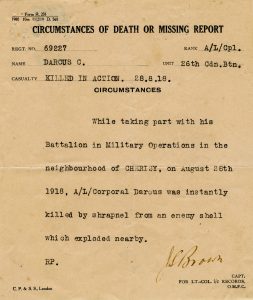
Circumstances of Death or Missing Report
The battalion was in front of the St. Eloi Craters at this time. Darcus had a close call when a German 5.9 inch shell exploded near where he was. While a friend was wounded, he was unhurt. His luck did not last as he received a shrapnel wound to his left forearm and was admitted to No. 3 Canadian General Hospital in Boulogne on 12 June 1916. When sufficiently recovered, he was sent to No. 1 Convalescent Depot. Finally, he spent eight days in the Base Depot at Havre before rejoining his unit on 29 June. Two months later, on 22 August, he was admitted to No. 14 Stationary Hospital in Boulogne with enteric dysentery. This was sufficiently serious for him to be sent to the Canadian Casualty Assembly Camp in Felixstowe, England and then to Bermondsey Hospital in London. On 26 October, he went to the Canadian Convalescent Depot on Shorncliffe for four weeks of Physical Training. Following this, he went to the 1st Canadian Casualty Training Battalion in Hastings for more training. On 18 February 1917, he was back at the Canadian Casualty Assembly Camp.
Following another period of hospitalization, Darcus was transferred to the 13th Reserve Battalion in Shoreham. Promotion to Acting Lance Corporal and Acting Corporal with pay followed within a month. The 13th Reserve Battalion (New Brunswick) was based in Bramshott and reinforced the two New Brunswick battalions in the field – the 26th and the 104th. On 9 October 1917, he reverted to Private as a punishment for going Absent Without Leave (AWOL) but, on 21 November, he was again promoted to Acting Corporal with pay. His final reversion to Private happened on 4 April 1918 in preparation for being posted back to the 26th Battalion. This reduction in rank was normal and reinforcements were sent as privates so as to not upset the rank structure within the receiving unit. He was sent to the 2nd Canadian Infantry Base Depot on 5 April and then the Canadian Corps Reinforcement Camp on 14 July. Both units were in France.
Finally, on 14 August 1918, he rejoined the 26th Battalion. His time with the battalion was short. The famous “Canada’s 100 Days” had started and the Allies were pushing hard against the Germans. The Battle of the Scarpe had begun on 26 August. The Canadians were advancing forward despite firm opposition. On 28 August, Lance Corporal Darcus “was hit in the stomach by shrapnel and instantly killed”. He was initially reported as missing and later as dead. His body was not recovered and he is commemorated on the Vimy Memorial.
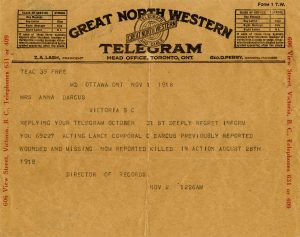
Telegram announcing death of Charles Darcus
At some point, his wife and her family moved to Victoria, BC. On 13 November 1918, there was a notice in the Saint John Globe that Anna Darcus had announced her husband’s death to her friends. This was in response to a telegram she had received from the Department of Militia and Defence – “Replying your telegram October 31st. Deeply regret to inform you 69227 Acting Lance Corporal C. Darcus previously reported wounded and missing now reported killed in Action Aug. 28, 1918. Director of Records”.
On 17 August 1920, his 1914/15 Star, British War Medal, Victory Medal, Memorial Plaque, Scroll and Memorial Cross were sent to her. A second Memorial Cross was sent to his mother in Ireland. In 1926, Anna Darcus changed her name to Darcus-Hodder by deed poll, Hodder had been her late father’s middle name. In 1966, she donated his medals (1914/15 Star, British War Medal and Allied Victory Medal), Memorial Plaque, Scroll and Memorial Cross to the Fredericton Region Museum. Anna Darcus-Hodder died in Victoria, BC on 27 October 1974.

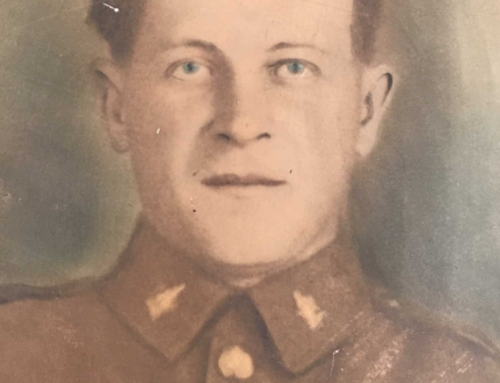
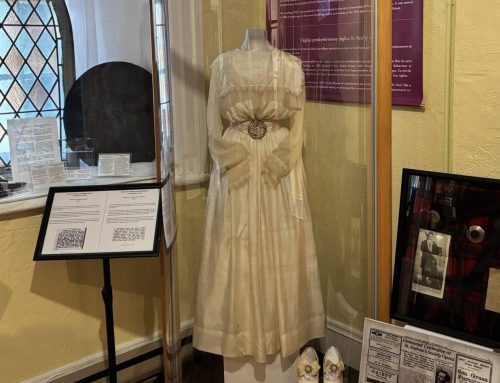

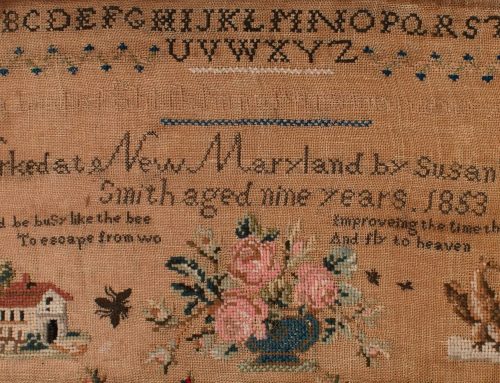

Leave A Comment